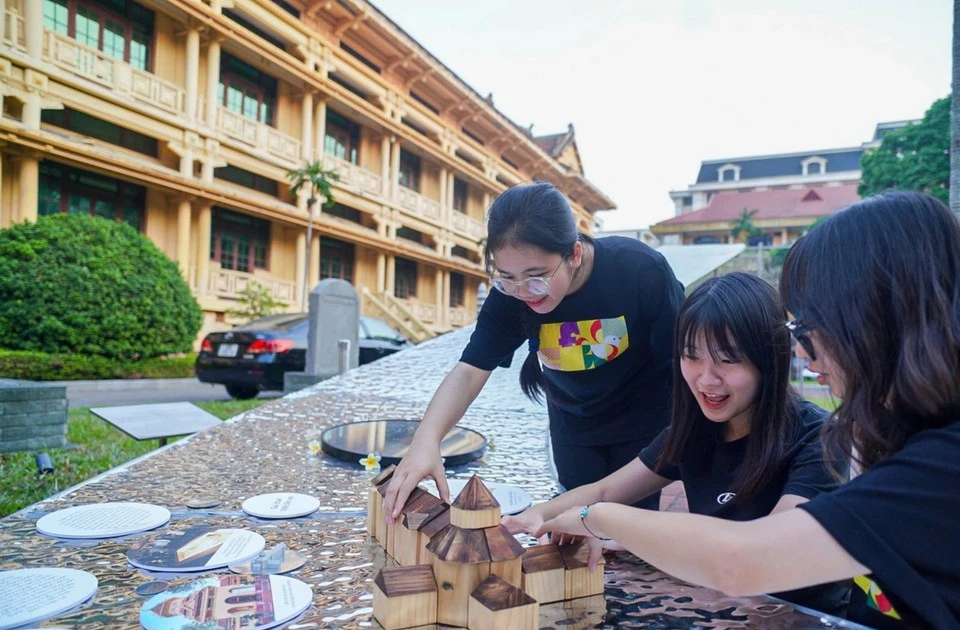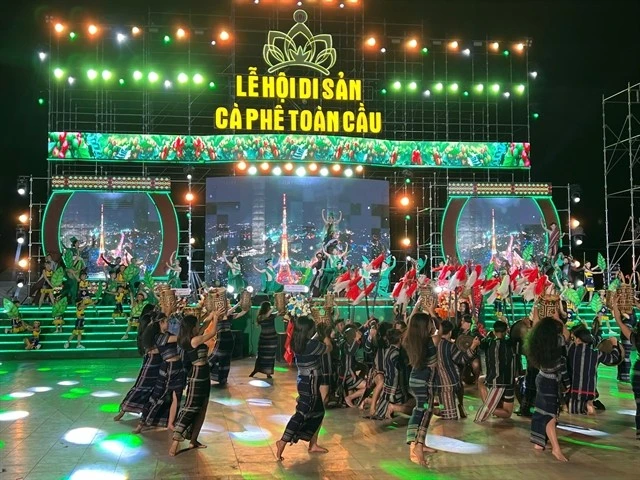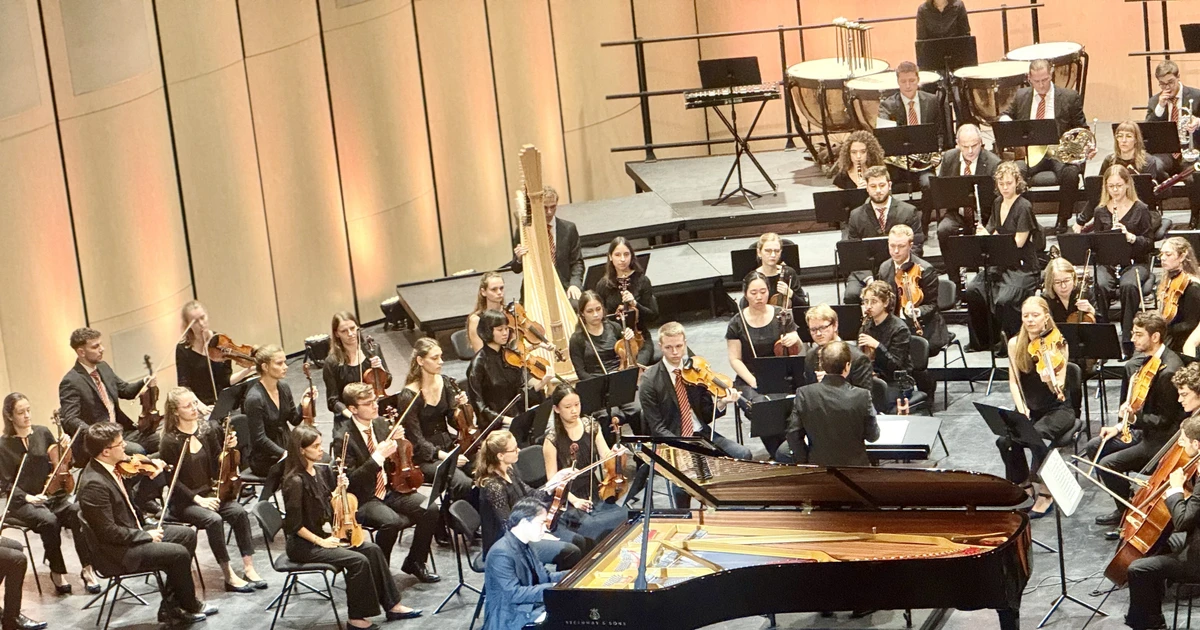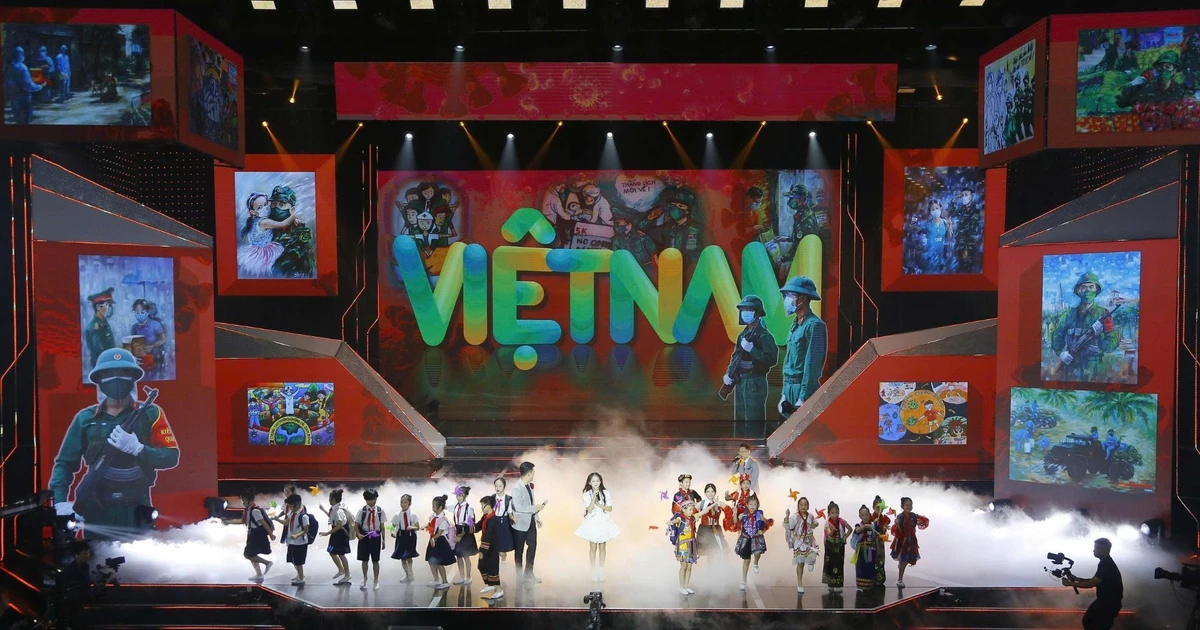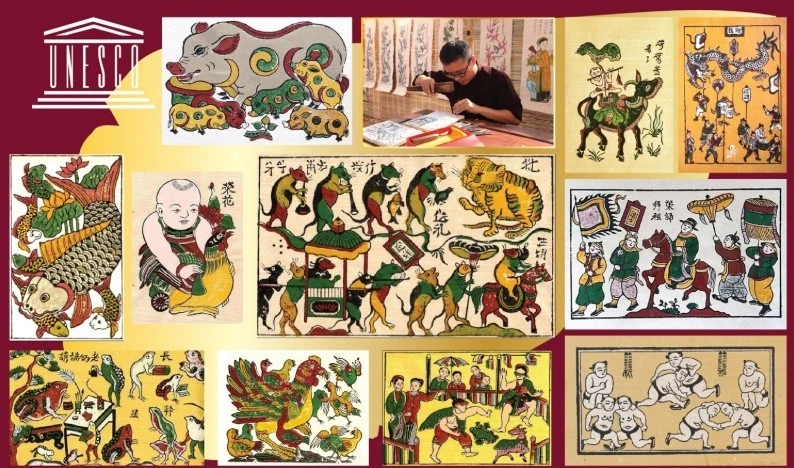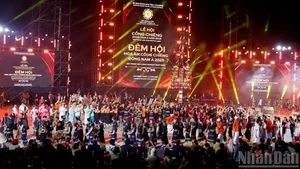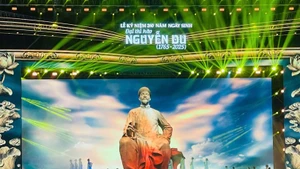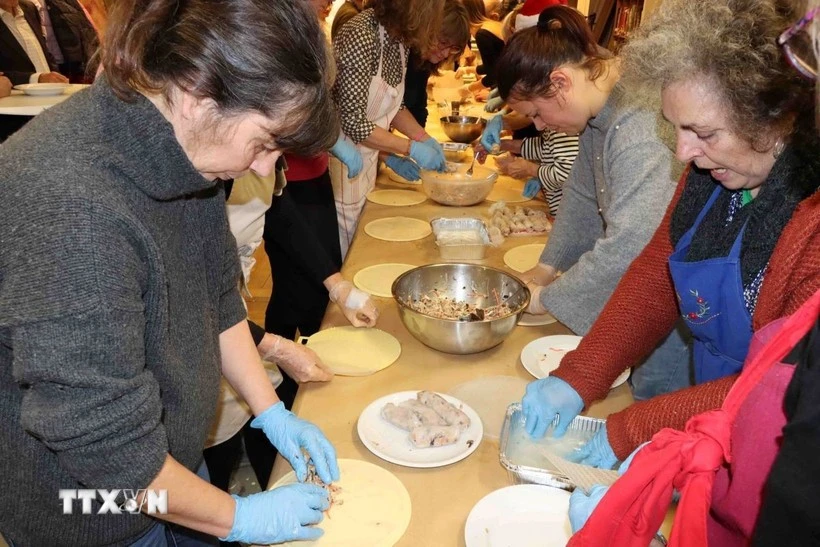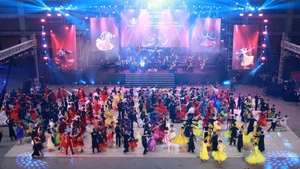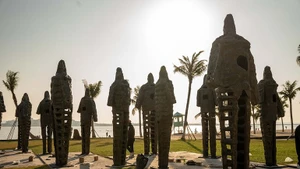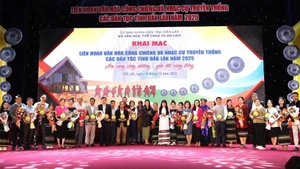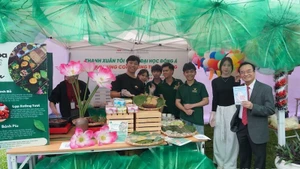Located 60 km from Hanoi, Phu Lang Village in Que Vo District, the northern province of Bac Ninh, is one of the oldest pottery centres of the Red River Delta. Dating back to more than seven centuries ago, the village became famous for simple household utensils like jars and vases traditionally made from clay.
The craft of pottery making in the village was recognised as a national intangible heritage in 2016 by the Ministry of Culture, Sports and Tourism.
Phu Lang pottery products are distinguished from others by the red colour and unique texture of the raw clay found in the region.
Enamel and a firewood kiln are two of the secrets that help dye the village's products extraordinary dark greens and dull reds.
However, the village's products are facing fierce competition from those produced by industrial pottery kilns, which not only makes it difficult to reach market but also reduces the income of villagers.
Becoming acquainted with clay and the shape of pottery since childhood, Nguyen Van Huan is a graduate of the Hanoi University of Industrial Fine Arts, majoring in pottery. After graduating, Huan returned to Phu Lang with determination to creating new look for Phu Lang pottery products while retaining the soul and story of the craft.
 |
| Some pottery products created by young artisan Bui Van Huan. (Photo: thuonghieusanpham.vn) |
He still uses the traditional ash glaze of the old technique, and incorporates some decorative patterns, motifs, and details of ancient Phu Lang ceramics in his products.
He tries new techniques in the firing process, creating different temperature variations. After each batch of ceramics, Huan found new and interesting challenges.
Things became more favourable when Huan and some other ceramic households had the opportunity to join a Japan International Cooperation Agency (JICA)-funded project, which helped them learn experience from Japanese pottery artisans to develop the ceramic craft.
Under the project, the Japanese artisans shared techniques to make high-quality ceramic products and helped them change their thinking in the way of doing business.
They figured out that by small products such as cups, plates, and teapots have higher economic value than traditional Phu Lang products such as jars and vases. It also helps by saving on depleted raw materials.
The clay and people come across, and then through the flames, we will find the purest beauty of the clay. From the beginning until today, that beauty is imprinted with the handprints, emotions, and soul of the Phu Lang pottery artisans.
Artisan Bui Van Huan
By participating in the project, Huan learned the principles of Japanese artisans, respecting and carefully and meticulously implementing each stage of pottery making. He held that by doing each step carefully, a beautiful product will be created from inside to outside, from the frame to the shape and the glaze colour.
After 4 years of establishment, the ‘Huan Pottery of Phu Lang’ brand has a place in the market and has become popular by ceramic enthusiasts.
Huan shared that this is still the first step in his journey to promote the treasured heritage of his homeland.
Recently, Huan joined other four artists at an exhibition entitled ‘Cham Vao Ky Uc’ (Touching the Memories), which was held from September 11 to 17 in Hanoi.
It took Huan and other four artists, namely Tran Nguyen, Dac Tuong, Hoang Quoc Tuan, and Lam Trang nearly two years to prepare for this exhibition. Although each of them pursuits a different style, they share a common inspiration on the natural landscape of the Northwest mountainous region.
It is the first time Huan has introduced his works to the public.
 |
| Huan’s works displayed at the ‘Touching the Memories’ exhibition (Photo: VOV) |
Huan’s exhibits included sets of pottery works entitled ‘Gia Dinh Sen’ (Family of Lotus), ‘Tre Viet’ (Vietnamese Bamboo), ‘Cao Nguyen Da Dong Van’ (Dong Van Karst Plateau), and ‘Duong Len Non Cao’ (Road to the Mountains).
The works on display are the outcomes of his field trip to the northern province of Ha Giang, where he was impressed by curving roads, endless mountains, or magnificent Nho Que River, and Tu San Canyon.
For Huan, ‘Touching the Memories’ is not touching the layers of time, but the emotions and passion for the traditional pottery making craft in his hometown ceramic craft of his hometown Phu Lang.
“The clay and people come across, and then through the flames, we will find the purest beauty of the clay. From the beginning until today, that beauty is imprinted with the handprints, emotions, and soul of the Phu Lang pottery artisans,” he said.

